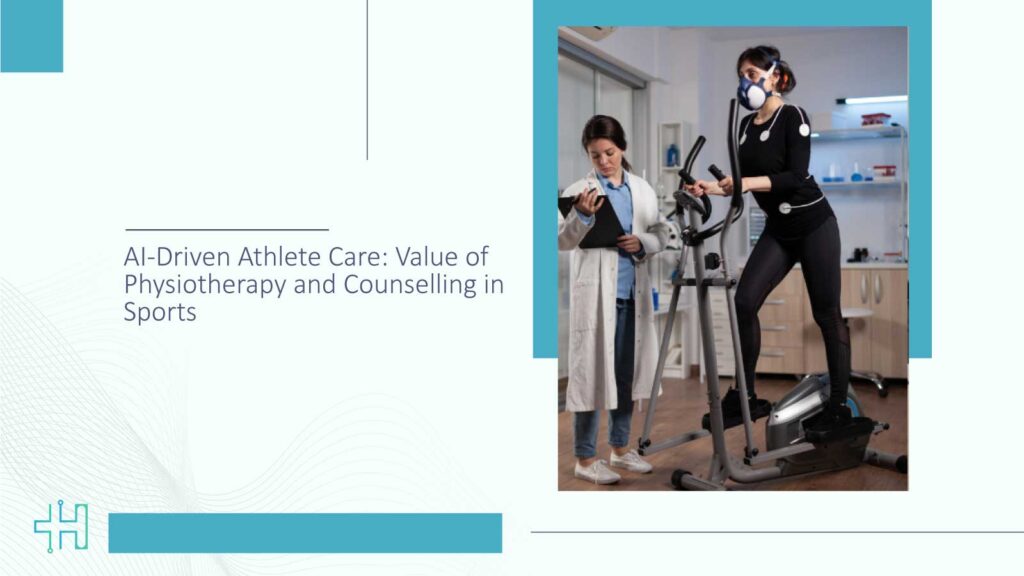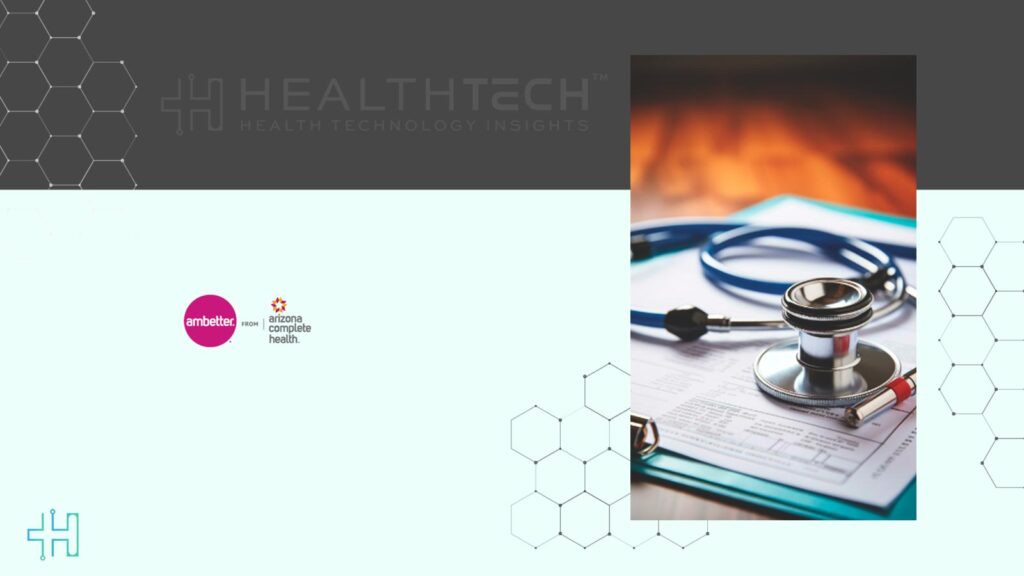Randomized controlled trial results published in the International Journal of Tissue Repair demonstrate BioRetain allografts significantly improve probability of achieving lasting wound closure versus standard of care
BioStem Technologies, Inc. a leading MedTech company focused on the development, manufacturing, and commercialization of placental-derived products for advanced wound care, announced top-line results of the Company’s clinical trial evaluating BioRetain – Processed Amnion Chorion (BR-AC) versus standard of care for patients with non-healing diabetic foot ulcers (DFUs), as published in the International Journal of Tissue Repair.
Health Technology Insights: Verily Accelerates Precision Health AI With NVIDIA
Top-Line Results
- BR-AC achieved superior clinical outcomes in this patient population.
- The probability of healing in the BR-AC arm was 53% while the probability of healing in the standard of care arm was 31%, utilizing complete closure instead of initial incidence of closure as the endpoint.
Health Technology Insights: Innovaccer Brings Multimodal AI to the Frontlines of Care with NVIDIA
“This trial was conducted with a degree of rigor not typically seen in the published literature,” explained Dr. Bert Slade, Chairman of BioStem’s Medical Advisory Board. “The patient selection criteria ensured that only those patients with the hardest-to-heal wounds were enrolled, and the definition of closure followed the 2006 FDA guidance for cutaneous ulcers, the most rigorous standards established. Importantly, utilizing complete closure instead of initial incidence of closure, the BR-AC arm was almost twice as likely to achieve lasting wound closure than patients treated with standard of care alone, providing strong evidence of treatment benefit.”
BR-AC allografts are used as a protective covering to optimize the wound treatment environment. The BR-AC-DFU-101 study is a multicenter, randomized, controlled trial that was initiated in Q4 2024 at 11 sites across the U.S. to evaluate at least 60 patients with non-healing DFUs. The primary objective was to determine whether DFUs treated with standard of care plus BR-AC achieved a higher probability of complete wound closure over a 12-week period when compared to standard of care alone. BioStem completed enrollment of 71 patients with Wagner 1 or 2 DFUs.
The BR-AC-DFU trial included a 2-week run-in period to evaluate how a patient responded to standard of care alone. Significantly, any patient that experienced a greater than 30% reduction in wound size after this time was not permitted to randomize into the study. This ensured that only patients with “hard-to-heal wounds” were enrolled in the trial, reflecting a patient population with a DFU requiring treatment beyond the standard of care. Following initial closure, wounds were required to remain closed for 4 weeks to qualify as achieving lasting closure.
“We are very pleased that this study has demonstrated the effectiveness of BioRetain-processed placental allografts in achieving wound closure in patients with hard-to-heal wounds,” said Jason Matuszewski, CEO and Chairman of the Board of BioStem Technologies. “Previously reported comparisons of BioRetain versus competitive technologies have demonstrated its superiority in retaining the natural structural and molecular composition of the native tissue. This study reinforces the clinical performance of our technology. We continue to enroll patients in a study targeting venous leg ulcers using BR-AC and look forward to reporting those results. We believe the results of these studies will further substantiate the BioRetain allograft platform and drive expanded physician adoption and commercial traction.”
Future Publications:
The primary outcome of the study published in this report was to determine whether DFUs treated with standard care plus BR-AC resulted in a higher probability of achieving complete wound closure compared to standard care alone over a 12-week period.
Future publications will address secondary outcome measures, including, but not limited to:
- Comparing treatment group differences in proportions of wounds achieving complete wound closure based on time in days.
- Comparing treatment group differences in wound area and volume.
- Assessing total number of applications of BR-AC required to achieve complete wound closure.
Diabetic Foot Ulcers:
Diabetic foot ulcers are a serious and chronic condition affecting millions of individuals within the diabetic population. According to the American Podiatric Medical Association (APMA), a leading authority on foot and ankle health, approximately 15% of people with diabetes will develop foot ulcers. Alarmingly, 6% of these individuals may require hospitalization due to infections or other complications related to their ulcers. The risks for diabetic patients are substantial, as DFUs are the leading cause of lower extremity amputations in the U.S. Studies indicate that between 14% and 24% of individuals with diabetes who develop foot ulcers will ultimately need an amputation.
Recent data analysis from Global Data Plc., a prominent global data provider, revealed that 2.2 million patients received treatment for DFUs in 2023, with numbers projected to rise in the coming years. This growth is closely linked to the aging population, as advancing age is associated with a higher prevalence of diabetes, peripheral vascular disease, and impaired wound healing; all key risk factors for DFUs. The economic burden of these ulcers on healthcare systems is significant, with annual treatment costs estimated between $9 billion and $13 billion in the U.S. alone. As the population continues to age, this financial strain is expected to intensify, underscoring the need for more effective and accessible treatment options.
Health Technology Insights: Health Technology Insights: Latest News And Innovations – Roundup 29 October 2025
To participate in our interviews, please write to our HealthTech Media Room at info@intentamplify.com
Source- GlobeNewswire







